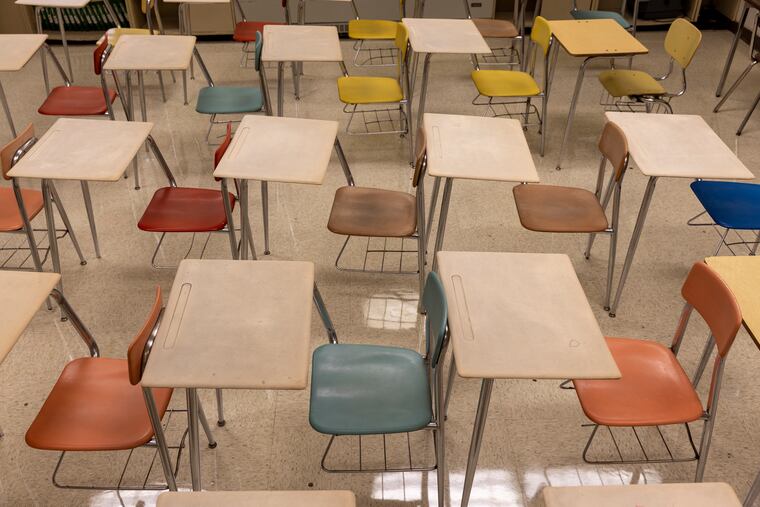Pa. and N.J. reading and math scores dipped during the pandemic as U.S. saw ‘troubling’ decline
Across the board, the nation saw its steepest declines between the 2019 and 2022 math testing periods since the exam was first administered in 1969.

Across the board, the nation saw its steepest declines between the 2019 and 2022 math testing periods since the exam was first administered in 1969.
